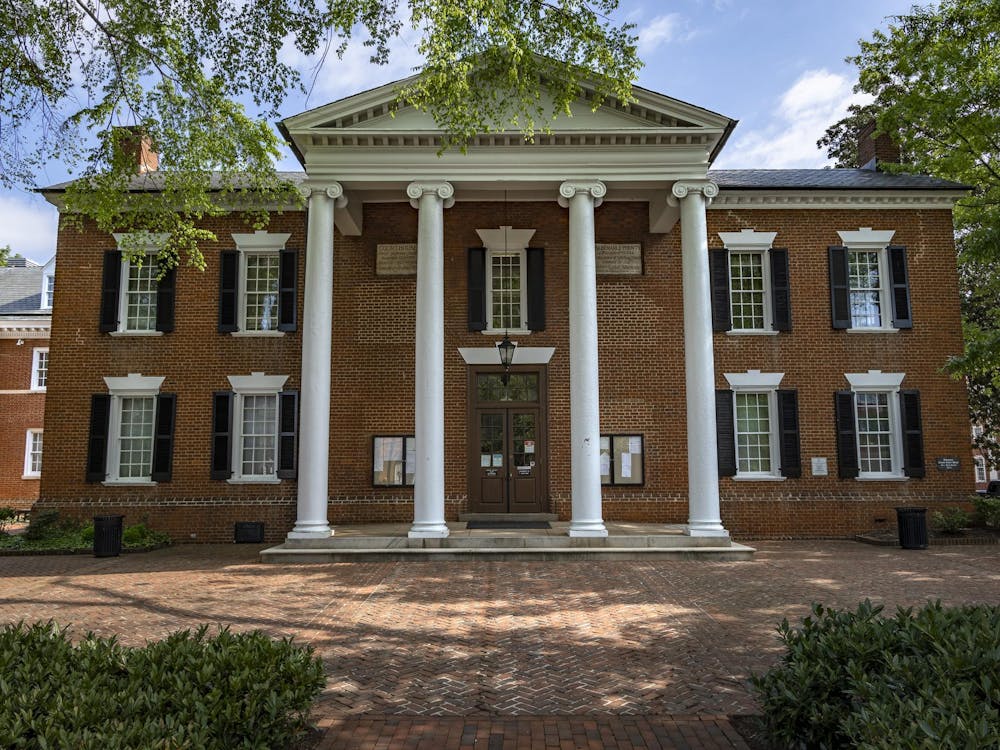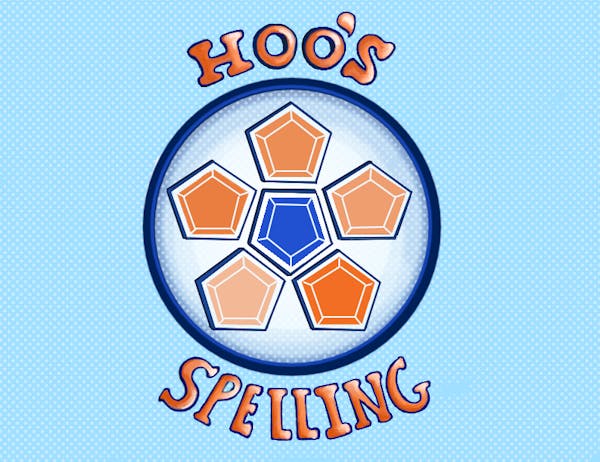WHEN YOU are a bit behind schedule, half-walking, half-running to class on McCormick Road, there may be no finer sight than the blue and white paint of a University Transit Service bus emerging from around the corner to save you from tardiness. This is, of course, not something to be taken for granted; buses running through central Grounds near the top of the hour are often as crowded as Tokyo subway cars, and one can usually get to class from first-year dorms just as quickly on foot. However, the recent changes to UTS — which include “enhanced service to [on-Grounds housing]” and “built-in strategies to remain on time,” according to Rebecca White, director of Parking and Transportation — have made the University’s public transportation system more accessible for a number of students and faculty. The UTS bus system is a useful resource for many members of the University community, but should continue to be revised in order to accommodate unique pockets of transportation demand.
UTS Administrative Manager Kendall Howell says the system is intended “to make the broad and relatively scattered Grounds easier and safer for students to traverse.” Denying the usefulness of the bus system is a tough argument, and it beats paying for gas and parking. Nonetheless, UTS is far from perfect. A round trip on the Northline can take over an hour, and the occasionally overflowing aisles are a legitimate safety concern.
Simply increasing the number of running buses is obviously not a practical solution. Although some buses use biodiesel fuel, the sight of large, empty vehicles chugging along can send chills down an environmentalist’s spine, and the extra buses would not complement the Jeffersonian architecture well, to say the least. UTS buses cannot be reasonably expected to come and go with a greater frequency than they already do, and White notes that “the GPS-based bus arrival prediction system is a good way to minimize the time waiting at a bus stop.” We must find a way to balance the varying demands for transportation while practicing both efficiency and environmental respect.
The only way to make the ride across central Grounds any quicker would be to introduce more buses (which, as previously stated, is a bad idea). However, the expanded access to and from upperclassmen housing, off-Grounds apartment areas, and popular destinations like Barracks Road shopping center or the Emmett and Ivy Parking Garage could be built upon. What the UTS website calls “Commuter Routes” should be modified to become just that; buses between class times or at odd hours could run less frequently in exchange for extra service during peak times. The buses gained by decreasing off-hours service for the commuter routes — Green, Colonnade, Stadium Hospital, and Central Grounds — could be used to split the Northline into two routes. This would allow quicker access to and from the many North Grounds destinations currently serviced by only one route. This would not require extra drivers or buses and would encourage more people to take public transportation rather than driving themselves.
The Parking and Transportation Department is already catering to special pockets of demand through its Extended Late Night Service. Whether we like it or not, late nights on Rugby Road and 14th Street are a part of college life, and the University was smart to offer a safe way home that discourages drunk driving and is faster than walking for most. This idea should be expanded upon to accommodate other niches, like the extra demand for transportation to The Park on intramural sports nights (Northline is already extended on these nights, but additional buses or direct shuttles would certainly be a plus) or the John Paul Jones Arena on nights with concerts or home basketball games. Although the extra traffic may cause the buses to take longer, the option of a quick, safe ride would increase attendance and, therefore, revenues for the University.
The good news is that, in an ever-changing transportation scene, UTS has shown its ability to be flexible and pay attention to student concerns. Ronnie Price, chair of the Transportation and Parking Committee, remarks that the new system “has shined a lot of light on problem areas” and “service will only get better.” Also, many UTS employees are students, giving the service a direct link to common issues. Considering the number of people at the University every day, geography of Grounds, and high percentage of students living off-Grounds, UTS is surprisingly efficient and ahead of the curve. Making too many changes would do more to confuse bus riders than help them, but recognizing the special needs of students and staff would keep with our identity as an institution that cares about environmental sustainability and public service.
Mitch Ross’s column appears Thursdays in The Cavalier Daily. He can be reached at m.ross@cavalierdaily.com.






